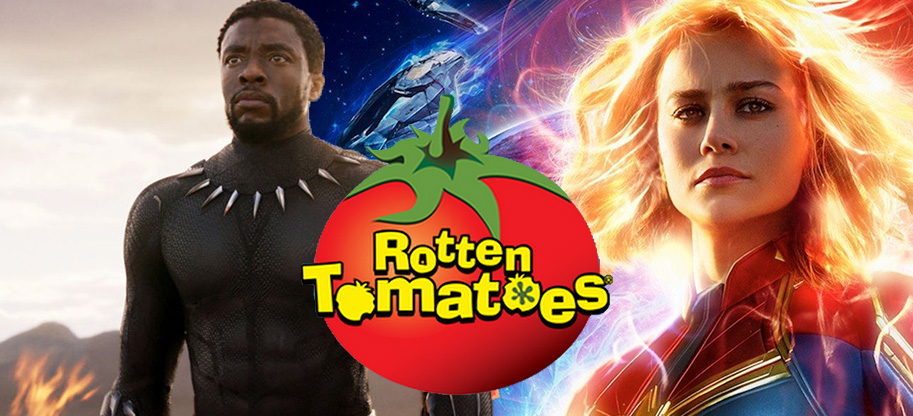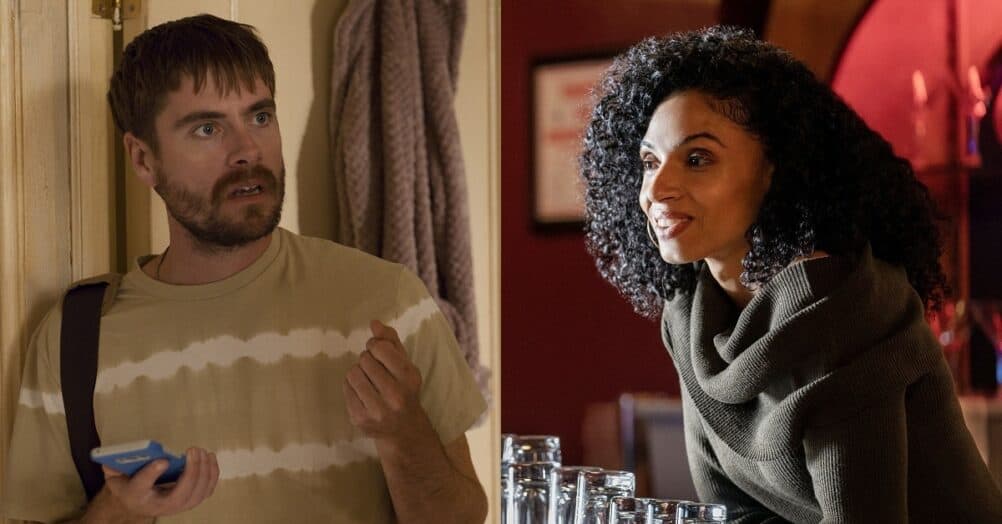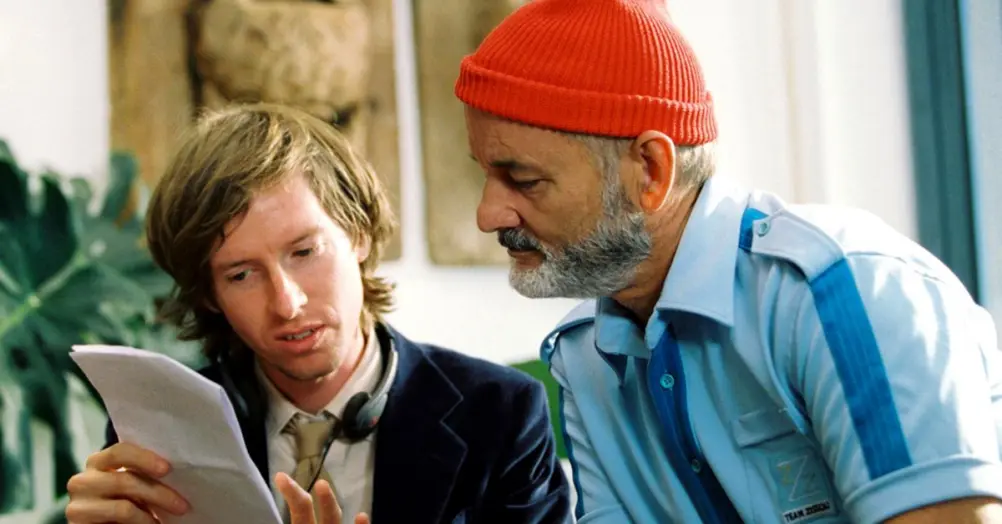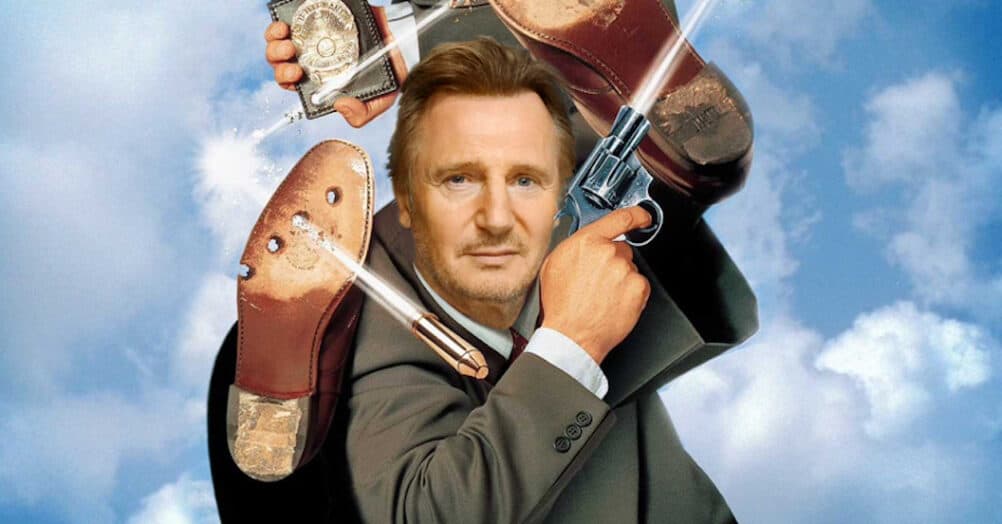
 Serenity: Float Out One-Shot (Dark Horse, $3.50)
Serenity: Float Out One-Shot (Dark Horse, $3.50)
by Adam Prosser
I don’t understand why there aren’t more Firefly comics. I mean, in a world where both Buffy and Angel have continued beyond their perfectly logical TV endpoints, a show this tragically cut short, and as beloved in the fan community, ought to be a a no-brainer for an ongoing spinoff comic, right?
Maybe it hasn’t happened because creator Joss Whedon feels particularly close to the source material, and continuing the series as a comic would feel like an admission that yes, Firefly’s never coming back to either the big or small screen.
Or maybe it’s because the comics we have gotten to date have pretty much sucked.
The two short Firefly (or, as the series now seems to be known, Serenity) miniseries, Those Left Behind and Better Days, have been well-meaning muddles, plagued by generic plot points and stiff art. They felt more like sops to the fans than the potential “next chapter” they could have been (the more so since they were both set before the events of the movie, giving them a particularly inconsequential feeling).
The new Serenity one-shot, Float Out, promises something more. For one thing, it’s technically set after the movie (though that makes little or no difference to the story). For another, it’s written by stand-up comic, geek extraordinaire and man-of-many-talents Patton Oswalt, which is certainly a surprisingly strong pedigree. And indeed, Oswalt brings a freshness to the proceedings that’s been strongly lacking from the comics-bound Firefly universe. Oswalt has a real feel for the complex, jargon-laden dialogue of the show (you know, the stuff that drives some people crazy), managing to juggle Whedon’s signature quippiness with lived-in verisimilitude. You have no idea what this technobabble means, but it sure feels real.
The thing that might rankle about this comic is this: for the most part, it’s not about the familiar Firefly cast at all. Technically, yes, it’s about erstwhile pilot Hoban “Wash” Washburne, but only in the sense that his adventures are being recalled by a trio of characters that we’ve never met before but apparently worked with Wash at various points in his career. Personally, I feel like this expands the Firefly universe in interestingly textured ways, but I’d understand if people got a little annoyed at picking up a Serenity comic in which the crew of the Serenity make only cameo appearances. Still, I think this is in line with a long tradition of SF world-building. A more serious flaw, to me, is that the plot focuses heavily on Star Wars-style spaceship maneuvering, which doesn’t translate well to comic form, even if artist Patric Reynolds draws some pretty space vessels. (He’s not quite as good with people, though again, the scratchy style of his art had an appealingly lived-in quality as far as I’m concerned.)
So for most of its 24 pages, then, this feels fun but ephemeral…until the last page, which browncoats are already buzzing about. Here, for the first time, we get a sense that the story of the Serenity is about to continue, with a twist that’s a perfectly logical extention of what’s come before–and if you’ll forgive me my swelled head, it’s one that I guessed would probably happen if Firefly ever continued. Given this bombshell, it may just be that Serenity comics are finally turning their wistful gaze away from the screen and preparing to continue as the future of the franchise.



 Conan the Cimmerian #21 (Dark Horse, $2.99)
Conan the Cimmerian #21 (Dark Horse, $2.99)
by Adam Prosser
When I say this is the last issue of Dark Horse’s ongoing Conan comic I plan to purchase, I don’t mean it with disgust or contempt. This book has never fallen below a certain level of quality; in fact, given some of the behind-the-scenes turmoil that’s marked the history of this comic, the work itself has been incredibly consistent. That may actually be the problem.
Conan’s been haunting the comics pages since 1970, and in a way they’ve always felt like his natural home; certainly when the pulps died out, this was the next most obvious medium for him to jump to. The formula for making Conan comics is such that it’s almost an effort to make one that doesn’t work. But the flip side of this, of course, is that it IS a formula, and knowing this, the people who’ve overseen his comics frequently don’t seem to be making much of an effort with the character. Drop Conan into a pit of corruption or a demon-haunted waste, throw in a scantily-clad wench or two, a monster or an evil sorcerer (preferably both), and some brutal violence, wrap it in a cynical message about the corrupt nature of civilization and a bit of he-man libertarian posturing, and voila. Some of the Conan stories of the 70s and 80s went beyond, trying to tell more sophisticated stories, but these were fairly rare. Mostly, the Conan comics of that era had a set of predictable (and formidable) strengths, and no surprises whatsoever.
When Kurt Busiek and Cary Nord relaunched the title at Dark Horse, they clearly had bigger ambitions. Busiek wasn’t just rehashing the classic 70s Conan comics with a modern veneer, he took the title to the next level. For starters, Busiek managed to do what no Conan comic had done before: he made it feel like a true ongoing story. While Conan’s adventures have always fit into a loose chronology of his life, the actual stories have always felt extremely episodic, and while Conan theoretically changes over the years, the only practical difference between “Conan the Wanderer” and “King Conan” was that King Conan had to have a brief explanation for why he was away from his kingdom. Busiek’s stories were different: there was a genuine sense of momentum, a slow build as we saw the various elements of Conan’s life take shape, the familiar Robert E. Howard stories folded into a larger narrative that saw Conan slowly evolving as a character. Busiek even took Conan to some genuinely uncomfortable places, morally speaking, confronting this theoretically “heroic” character with some slightly harder moral choices than “cleave, or disembowel?” Meanwhile, Cary Nord’s Frazetta-inspired artwork, coupled with Dave Stewart’s colors, were as dynamic and exciting as Barry Windsor-Smith’s art had been back in the 70s. I would honestly place the first 15 or so issues of this comic high on my list of best comics of the last decade.
Unfortunately, Busiek left the title for reasons that still aren’t clear to me, and after a slightly chaotic period of rotating artists and guest writers, the title was taken up by Tim Truman, Tomas Giorello and Jose Villarubia.
The work these guys have been doing has been in no way sub-par. If you’re a Conan fan, you’ll like this. But Busiek’s grand designs and Nord’s electric energy are gone, replaced by, essentially, a rehash of the 70s comic. Month after month, the comic comes out, with its set of predictable (and formidable) strengths, and no surprises whatsoever.
It’s a perfectly decent comic. But it’s no longer an interesting comic, and after 21 issues of hoping it would demonstrate otherwise, I’m bidding it goodbye. If you’re still entertained by it enough to keep buying, I wouldn’t blame you. But I can’t join you.



 AVENGERS PRIME #1 of 5 (Marvel, $3.99)
AVENGERS PRIME #1 of 5 (Marvel, $3.99)
By Jeb D.
The thing about Alan Davis is: he gets it. Really, it’s that simple: the man innately understands the excitement, melodrama, and power fantasies that drew us to read about superheroes in the first place.
Well, actually, no, it’s not quite THAT simple. The other thing about Alan Davis is that he’s an artist of extraordinary sensitivity, able to make iron, steel, and plastic-the tools of the superhero-almost as expressive as a face. Though that might almost be selling short his gift with facial expressions: he (along with longtime inking partner Mark Farmer) is up there with Neal Adams and Terry Moore among the finest delineators of emotion that American superhero comics have seen.
I know that many fans think of The Nail as the pinnacle of Davis’ career with American superheroes, but for me his apex is the criminally underappreciated Fantastic Four: The End-quite possibly the most poorly-named miniseries of recent years, as it’s nether dour nor elegiac, but a glorious celebration of the great Marvel comics of the 60’s and 70’s, with virtually the entire panoply of Marvel heroes ranging across the universe in a grand adventure.
In Avengers Prime, his palette is smaller: our focus is Steve Rogers, Tony Stark, and Thor. But while Brian Bendis’ script has Steve and Tony picking up their conflict right where Civil War left off, thanks to Davis, neither man comes off as petty or bitter: with Bendis’ sharp dialog, this book has the most convincing portrayal of the Marvel U’s recent turmoil since Civil War: The Confession. Of course, in the wake of The Siege, Thor has to remind his once and future comrades that there are more pressing needs than re-fightng old battles. Alas, once the two put aside their differences, and turn their attention to aiding Thor with the shattered remains of Asgard, the three find themselves suddenly transported away, isolated from each other. For Tony and Steve, it’s a time to reach back into their past for the resources to survive. For the son of Odin, though, things get much trickier. And while I won’t spoil the climactic appearance of the character who’s evidently about to give our heroes all they can handle, I will say that their appearance on the two-page splash that ends the book would look pretty darned amazing as your computer desktop. Honestly, every page of the book has something to stun the eye (particularly if your eye grew up with giants like Adams, Colan, and Brunner), but for all that, Davis’ storytelling never flags: he makes a Bendis conversation pulse with life, and the action beats as clear and precise as an Oscar-caliber film editor.
Issue #1 of Avengers Prime starts us off with a strong FOUR CANS rating: if the next four issues live up to what we’ve seen so far, the completed series is easily going to hit five… or more.




 Heralds #1 of 5 (Marvel, $2.99)
Heralds #1 of 5 (Marvel, $2.99)
By Jeb D.
Given that it’s “Women of Marvel” this year, we can always use more work from Kathryn Immonen, whose work on Hellcat (both in her own series and the abortive revival of Marvel Presents) was some of the sharpest female-centric writing we’ve seen in a superhero book for some time. I don’t know if she’s still slated to be part of a Runaways relaunch, so for now I guess I’ll have to settle for this engaging “Girls Smash!” story.
After surprising Emma Frost with a birthday party in Vegas, Cyclops turns his lady over to the camaraderie of Photon, Hellcat, Valkyrie, She-Hulk, and Agent Brand for a “super girls night out” that quickly finds itself interrupted by the usual Vegas distractions of… oh, you know– rampaging dinosaurs, semi-immortal nuclear scientists, and a truck stop waitress that’s just a bit more than she seems (and whose identity really won’t be much of a secret to anyone paying attention).
It’s all fast and furious fun, illustrated in bright and cartoony style by Marvel Divas’ Tonci Zonjic. I think the extended cast diffuses some of Immonen’s characterization: Hellcat was an extremely focused book, and that may play to her strengths at this point. But the conclusion of the first issue of this (evidently weekly!) miniseries suggests that the storyline may indeed tighten its focus as it goes on. We’ll see. For now, watching both a T. Rex AND Albert Einstein get punched out in the same issue was worth my three bucks.



















Follow the JOBLO MOVIE NETWORK
Follow us on YOUTUBE
Follow ARROW IN THE HEAD
Follow AITH on YOUTUBE